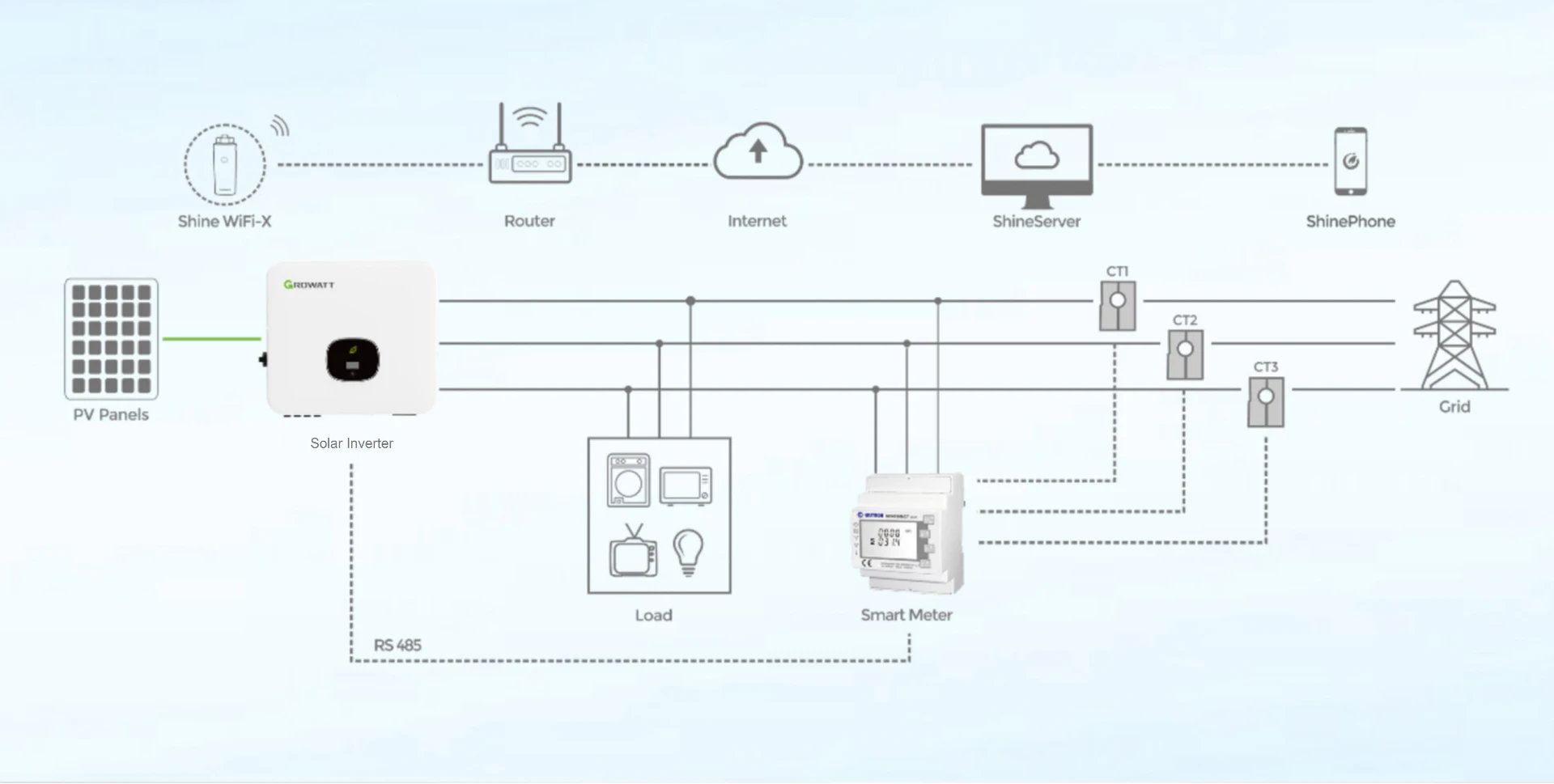kwh per solar panel
Understanding kWh Per Solar Panel A Key Metric for Solar Energy Production
As the world increasingly shifts towards renewable energy sources, solar power has emerged as a popular and sustainable alternative. A critical aspect of this transition is understanding how much electricity solar panels can generate. This is often measured in kilowatt-hours (kWh) per solar panel, which serves as a crucial metric for evaluating a solar panel's efficiency and overall viability.
Understanding kWh Per Solar Panel A Key Metric for Solar Energy Production
The calculation of kWh produced by a single solar panel involves a simple formula multiplying the panel's output in kilowatts by the number of sunlight hours received in a day. For instance, if a 300-watt panel receives five hours of sunlight, it would generate approximately 1.5 kWh in a day (0.3 kW x 5 hours). Over the course of a year, this equates to around 547.5 kWh. This number varies based on seasonal changes, regional sunlight availability, and other environmental factors.
kwh per solar panel

Understanding the kWh per solar panel is vital for several reasons. Firstly, it allows homeowners and businesses to estimate the potential savings on electricity bills. By knowing how much energy a solar panel can produce, they can better assess the return on investment (ROI) for their solar energy systems. Additionally, this metric helps in determining the size of the solar system required to meet specific energy needs. For example, if a household requires 8,000 kWh annually, and a solar panel generates 547.5 kWh per year, then roughly 15 panels would be needed to meet that energy demand.
Moreover, kWh per solar panel is instrumental for policymakers and energy providers in planning and implementing renewable energy initiatives. By analyzing these metrics across different regions, they can identify the most suitable areas for solar farm developments and set realistic targets for renewable energy contributions to the grid.
It is also essential to consider that while kWh per panel is a valuable measure of performance, other factors such as panel degradation, system losses, and maintenance play significant roles in overall energy production. Routine maintenance and monitoring can help ensure that the panels operate at peak efficiency, ultimately maximizing energy output.
In conclusion, the kWh produced per solar panel is a fundamental metric in the solar energy landscape. It not only helps consumers understand their potential savings and energy needs but also assists in broader energy policy planning. As technology continues to evolve and improve, the efficiency and output of solar panels are expected to increase, making solar energy an even more viable option for a sustainable future. Embracing and understanding this metric can empower everyone, from homeowners to policymakers, in the quest for cleaner, renewable energy solutions.
-
Understanding the Advantages of Solar String Inverters for Your Energy SystemNewsApr.29,2025
-
Choosing the Right PV Inverter: A Comprehensive GuideNewsApr.29,2025
-
The Future of Solar Power: Exploring Bifacial Solar PanelsNewsApr.29,2025
-
The Complete Guide to Solar Panels: Efficiency, Cost, And InstallationNewsApr.29,2025
-
The Best Options for Efficiency and Cost-EffectivenessNewsApr.29,2025
-
Harnessing the Power of Off-Grid Solar Inverters for Energy IndependenceNewsApr.29,2025







